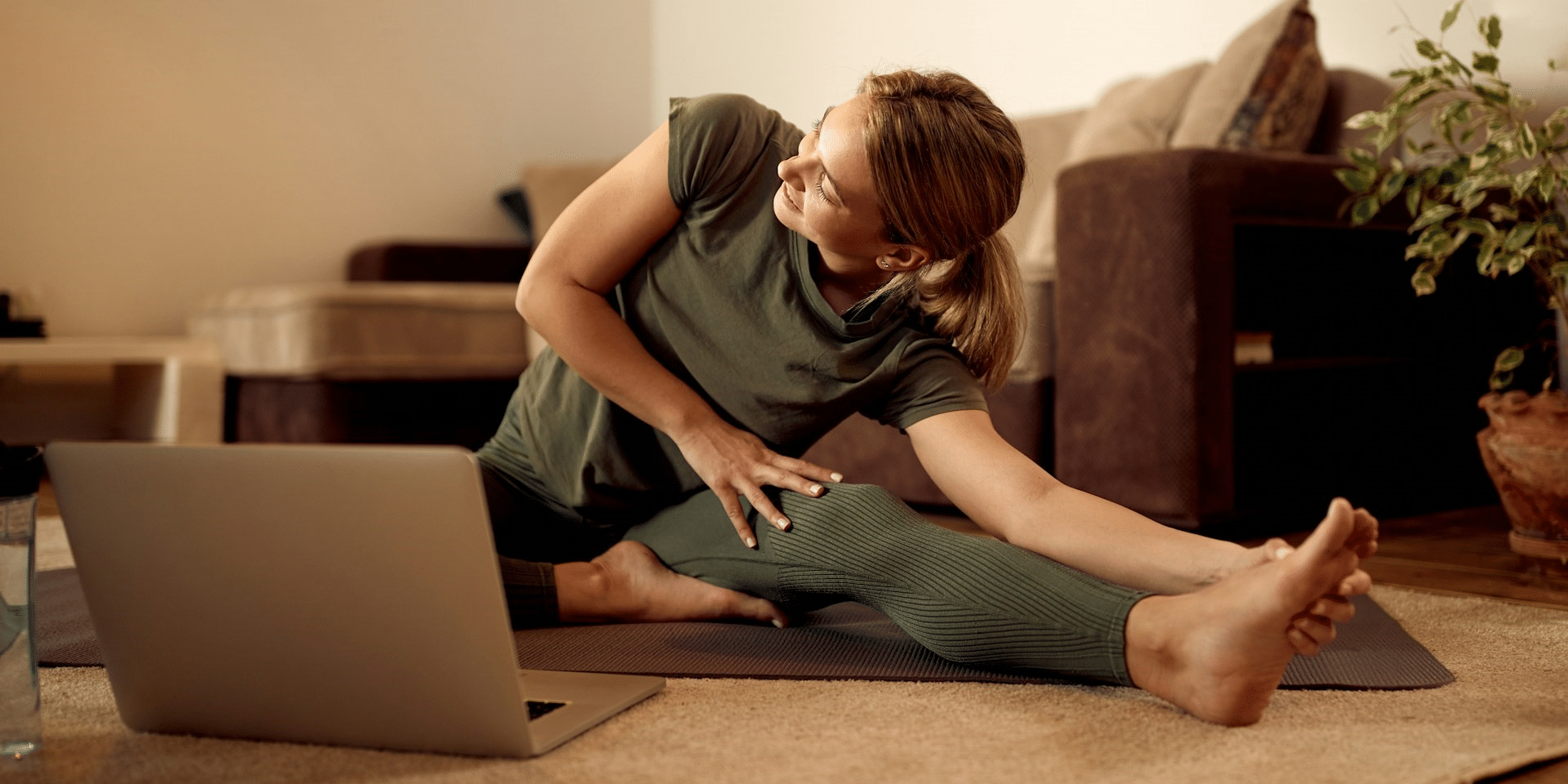Fueling Health: The Essential Role of Staying Hydrated
Water is essential for life, yet many people overlook the importance of proper hydration in their daily routines. Staying hydrated is vital for supporting the body’s functions, boosting energy, and maintaining overall well-being.
Why Hydration Matters: The Health Benefits of Drinking Enough Water
1. Supporting Vital Body Functions
Water is a cornerstone for various bodily processes, from aiding digestion and nutrient absorption to regulating body temperature. Each cell, tissue, and organ relies on water to function correctly. When adequately hydrated, the body operates more efficiently, improving metabolic processes and supporting immune health. Proper hydration is especially important for the kidneys, which rely on water to filter waste and remove toxins from the body.
2. Boosting Physical and Mental Performance
Dehydration, even in mild cases, can negatively impact physical and cognitive performance. Hydration helps physically active individuals maintain endurance, muscle function, and energy levels, reducing the risk of cramps and fatigue. Meanwhile, mental clarity, focus, and mood are closely linked to hydration levels. Studies have shown dehydration can lead to decreased concentration, irritability, and short-term memory issues. Staying hydrated keeps both the body and mind functioning at their best.
3. Promoting Skin Health and Appearance
Water is a natural beauty booster. Adequate hydration helps maintain skin elasticity, reduces dryness, and gives the skin a radiant, youthful appearance. When the body lacks water, the skin can appear dull and prone to flakiness and fine lines. Drinking enough water supports skin health from within, helping to achieve a clear, glowing complexion.
Recognizing Signs of Dehydration
1. Physical Signs of Dehydration
Dehydration can affect the body in various ways, and understanding its signs is vital to addressing it promptly. Common physical symptoms of dehydration include dry mouth, fatigue, dizziness, and dark yellow urine. Persistent dehydration can lead to more severe health issues, such as kidney stones, urinary tract infections, and even heat-related illnesses.
2. Cognitive Effects of Dehydration
Dehydration can affect mental well-being in addition to physical symptoms. Dehydrated people often experience difficulty focusing, headaches, and mood swings. These cognitive effects can make daily tasks more challenging and contribute to feelings of irritability or anxiety. Recognizing these early signs allows individuals to increase their water intake before dehydration worsens.
Strategies for Staying Hydrated Throughout the Day
1. Set Daily Hydration Goals
Establishing a daily water intake goal can help create a routine and make hydration a habit. While individual needs vary, a standard recommendation is about eight 8-ounce glasses of water per day, though factors such as age, activity level, and climate can impact this amount. Tracking water intake with a journal or app can provide a visual reminder, making it easier to stay on target and create a sense of accomplishment when goals are met.
2. Keep a Water Bottle Handy
A readily available water bottle throughout the day is a convenient reminder to stay hydrated. For those with busy schedules, investing in a reusable bottle makes it easy to drink water on the go, whether at work, the gym, or running errands. Refillable bottles with markers indicating time-based drinking goals can encourage steady intake and help individuals monitor their progress.
3. Infuse Water with Natural Flavor
Adding natural flavors can make hydration more enjoyable for individuals who find plain water unappealing. Fresh fruits like lemon, lime, berries, or cucumber slices add a refreshing taste without added sugars or artificial ingredients. Herbal teas or coconut water are good alternatives for mixing things up while keeping calorie intake low.
4. Incorporate Water-Rich Foods
In addition to drinking water, consuming water-rich foods can contribute to daily hydration needs. Foods like watermelon, cucumbers, oranges, strawberries, and celery have high water content and provide essential nutrients. Adding these fruits and vegetables to daily meals boosts hydration and provides vitamins and antioxidants that support overall health.
Special Hydration Tips for Active and Aging Individuals
1. Hydration for Active Lifestyles
For those who exercise regularly or spend time outdoors, hydration needs increase. Physical activity and exposure to heat cause the body to lose water through sweat, making it essential to replace these fluids. Athletes and active individuals should hydrate before, during, and after workouts to maintain peak performance and prevent dehydration. Electrolyte-enhanced beverages can be helpful for long, intense workouts, as they replenish salts and minerals lost through sweating.
2. Hydration for Older Adults
As people age, the body’s ability to conserve water decreases, and the sensation of thirst may diminish. This makes it easier for older adults to become dehydrated without realizing it. Older adults should be mindful of hydration and may benefit from setting reminders to drink water at regular intervals. Including water-rich foods and beverages can help older adults meet their hydration needs.
Benefits of Hydration for Long-Term Health
1. Supporting Weight Management
Staying hydrated plays a role in managing body weight. Drinking water before meals can help control appetite and prevent overeating, as thirst is sometimes mistaken for hunger. Studies also show that water can aid metabolism and promote calorie burning, making it a valuable tool for those focused on maintaining or losing weight.
2. Reducing the Risk of Chronic Conditions
Proper hydration supports essential bodily functions, which can help lower the risk of certain chronic conditions. For example, consistent hydration helps maintain kidney health, reducing the risk of kidney stones and urinary tract infections. It can also support heart health by helping regulate blood pressure, an essential factor in preventing cardiovascular issues.
3. Enhancing Digestive Health
Water aids digestion by helping break down food, absorb nutrients, and prevent constipation. Properly hydration promotes smoother digestion and regular bowel movements by keeping the digestive tract lubricated. This reduces the risk of bloating, discomfort, and other digestive issues.
Making Hydration a Lifestyle Habit
Consistency is key for those looking to improve their hydration habits. Starting each morning with a glass of water, incorporating water-rich foods into meals, and choosing water over sugary or caffeinated drinks can make a significant difference. Gradually building these habits into a daily routine can make staying hydrated an effortless part of life.
Embracing Hydration for a Healthier Life
Staying hydrated is one of the simplest yet most powerful ways to support overall health and vitality. From enhancing mental clarity and energy levels to supporting physical health and skin appearance, the benefits of proper hydration extend across all aspects of life. Individuals can make hydration a lasting habit by recognizing the importance of hydration, setting realistic goals, and finding enjoyable ways to incorporate water into daily routines. Embracing these small but impactful changes ensures that staying hydrated becomes an essential, easy part of a healthier lifestyle.
Published by: Khy Talara












